How to Drive a Pontoon Boat
Part 1 of 3:
Pulling Away from the Dock and Taking Off
-
 Make sure all passengers are wearing life jackets. Before you move the boat at all, check that all your passengers are wearing life jackets. In most states, it is the law that all passengers wear life jackets while on open waters. The life jackets should fit properly and be in working condition.[1]
Make sure all passengers are wearing life jackets. Before you move the boat at all, check that all your passengers are wearing life jackets. In most states, it is the law that all passengers wear life jackets while on open waters. The life jackets should fit properly and be in working condition.[1]- Children should be wearing specialized jackets meant for their age groups.
- You should also have a cushion on the boat that you can throw to someone in the water in the event they are in distress.
-
 Check the fuel level and the radio on the boat. Make sure you have a full tank of gas in the boat, as this will ensure you can drive the boat on the water safely. You should also have a working radio system on the boat that you can use in the event of an emergency.[2]
Check the fuel level and the radio on the boat. Make sure you have a full tank of gas in the boat, as this will ensure you can drive the boat on the water safely. You should also have a working radio system on the boat that you can use in the event of an emergency.[2]- Make sure you also have your cellphone, fully charged, on hand so you can call for help or assistance if needed.
-
 Secure all equipment on the boat. Check that items like fishing rods, wakeboards, coolers, and extra life jackets are all secure before starting the boat. You may use bungee cords to secure wakeboards and fishing rods. You can also push coolers against the sides of the boat so they are secure.[3]
Secure all equipment on the boat. Check that items like fishing rods, wakeboards, coolers, and extra life jackets are all secure before starting the boat. You may use bungee cords to secure wakeboards and fishing rods. You can also push coolers against the sides of the boat so they are secure.[3] -
 Start the motor and allow the boat to idle for 1-5 minutes. Turn the motor to 'on.' Let the boat idle for several minutes so it can warm up. Check the manufacturer's instructions for the exact idle time needed for your boat.[4]
Start the motor and allow the boat to idle for 1-5 minutes. Turn the motor to 'on.' Let the boat idle for several minutes so it can warm up. Check the manufacturer's instructions for the exact idle time needed for your boat.[4] -
 Trim the motor so it is in the water, but not too deep. The trim is how deep the motor on the boat sits in the water. There should be a 'Trim' button on the throttle. Make sure the button is set at a higher number so the motor is just in the water. This will make pulling out of the dock much smoother.[5]
Trim the motor so it is in the water, but not too deep. The trim is how deep the motor on the boat sits in the water. There should be a 'Trim' button on the throttle. Make sure the button is set at a higher number so the motor is just in the water. This will make pulling out of the dock much smoother.[5]- You can also check the manufacturer's instructions to see what the 'Trim' button should be set at on the throttle for pulling out of the dock.
- Never pull out with the motor trimmed all the way up, as this will cause the boat to kick up water and could damage the engine. The motor should be touching the water when you pull out.
-
 Have a crew member untie the deck ropes as you put the throttle in 'reverse.' Ask someone on the boat to lean over the sides and undo the deck ropes so the boat is no longer tied down. As they release the deck ropes, gently shift the throttle in reverse so you can back out. Make sure the person has regained their balance and is sitting firmly in the boat before you reverse the boat.[6]
Have a crew member untie the deck ropes as you put the throttle in 'reverse.' Ask someone on the boat to lean over the sides and undo the deck ropes so the boat is no longer tied down. As they release the deck ropes, gently shift the throttle in reverse so you can back out. Make sure the person has regained their balance and is sitting firmly in the boat before you reverse the boat.[6]- Move the throttle slowly and with ease. Do not pull it in reverse too quickly, as this can cause you to lose control of the boat.
-
 Back away slowly by pushing the throttle in short, controlled bursts. Look around you and behind you to make sure there are no obstructions, such as another boat or an animal. Then, back out of the dock slowly using short, controlled bursts on the throttle. Back out until you do not have any obstructions or boats in front of you or around you.[7]
Back away slowly by pushing the throttle in short, controlled bursts. Look around you and behind you to make sure there are no obstructions, such as another boat or an animal. Then, back out of the dock slowly using short, controlled bursts on the throttle. Back out until you do not have any obstructions or boats in front of you or around you.[7] -
 Turn the steering wheel so the bow points in the direction you want to travel. You want your bow to be facing into the wind, as this will help the boat to navigate smoothly in the water.[8]
Turn the steering wheel so the bow points in the direction you want to travel. You want your bow to be facing into the wind, as this will help the boat to navigate smoothly in the water.[8] -
 Shift into 'forward' and move the throttle forward. Increase your speed in increments until you are cruising at a reasonable pace. Do not push down on the throttle hard and move off too quickly, as this can cause you to those control of the boat.[9]
Shift into 'forward' and move the throttle forward. Increase your speed in increments until you are cruising at a reasonable pace. Do not push down on the throttle hard and move off too quickly, as this can cause you to those control of the boat.[9]- Always make sure you check that there are no obstructions in front of you before you move forward.
Part 2 of 3:
Driving in Open Water
-
 Keep the motor trimmed downward. Once you are in open water, adjust the 'Trim' button on the throttle so it is at a lower number. This will trim the engine downward, deeper into the water. Trimming the engine downward will prevent the bow from rising too high when you get going on the water.[10]
Keep the motor trimmed downward. Once you are in open water, adjust the 'Trim' button on the throttle so it is at a lower number. This will trim the engine downward, deeper into the water. Trimming the engine downward will prevent the bow from rising too high when you get going on the water.[10]- Keep one hand on the throttle and the other hand on the steering wheel as you drive the boat. This will make it easier for you to maintain the trim and steer the boat.
-
 Look 100 feet (30 m) ahead at all times. Be aware of your surroundings when you are in the boat. Scan the water ahead as you move forward. Use the side and back mirrors on the boat to check for any obstructions behind or to the side of the boat. This will ensure you are not at risk of hitting another boat, an animal, or driftwood in the water.[11]
Look 100 feet (30 m) ahead at all times. Be aware of your surroundings when you are in the boat. Scan the water ahead as you move forward. Use the side and back mirrors on the boat to check for any obstructions behind or to the side of the boat. This will ensure you are not at risk of hitting another boat, an animal, or driftwood in the water.[11]- Before you make any turns or reverse the boat, double check your surroundings first.
-
 Maintain equal weight on the bow and the stern. Make sure there are people sitting or standing on the front and the back of the boat when you are moving in the water. If you have to accelerate or increase your speed, check that there is equal weight on the bow and stern before you accelerate so the boat is not at risk of flooding.[12]
Maintain equal weight on the bow and the stern. Make sure there are people sitting or standing on the front and the back of the boat when you are moving in the water. If you have to accelerate or increase your speed, check that there is equal weight on the bow and stern before you accelerate so the boat is not at risk of flooding.[12]- When the boat is idle in open water, the weight distribution is not too much of an issue. Ideally, it should be equal on the bow and stern as much as possible.
-
 Cruise at 4500 RPM or slower. Remember that boats do not have brakes, so you will need to maintain a cruising speed that is not too fast. Most pontoon boats should be kept at 4500 RPM in open waters. You can cruise at a lower speed if you want to conserve your fuel, at around 3000 to 3500 RPM.[13]
Cruise at 4500 RPM or slower. Remember that boats do not have brakes, so you will need to maintain a cruising speed that is not too fast. Most pontoon boats should be kept at 4500 RPM in open waters. You can cruise at a lower speed if you want to conserve your fuel, at around 3000 to 3500 RPM.[13]- A good rule of thumb is to accelerate gradually and maintain a speed that you feel you comfortable at. You should feel like you can easily slow down the boat at the cruising speed, if needed.
-
 Plan your turns in advance. Turning a pontoon boat can be tricky, as the stern can fly sideways if the turns are too sharp. Look ahead in front of you and plan out your turns so you can make them in a gentle, sweeping motion.[14]
Plan your turns in advance. Turning a pontoon boat can be tricky, as the stern can fly sideways if the turns are too sharp. Look ahead in front of you and plan out your turns so you can make them in a gentle, sweeping motion.[14]- Planning out the turns will also help you to avoid making sharp or sudden turns.
-
 Turn the boat downwind at a medium speed. The wide shape of a pontoon boat can make turning into the wind difficult, as the boat may push against the wind and not get very far. You can turn more effectively by pointing the bow of the boat downwind, away from the direction of the wind, so the wind can help the boat to turn smoothly.[15]
Turn the boat downwind at a medium speed. The wide shape of a pontoon boat can make turning into the wind difficult, as the boat may push against the wind and not get very far. You can turn more effectively by pointing the bow of the boat downwind, away from the direction of the wind, so the wind can help the boat to turn smoothly.[15]- Make sure you are at a medium speed when you turn the pontoon. Turning at a very slow speed or a very fast speed can cause the boat to slide.
-
 Warn your passengers before you make a sharp turn. Sometimes when you are driving the pontoon boat, you have to make a sharp turn. Sharp turns can cause the boat to lean and rock due to its shape. Before you make the turn, let your passengers know so they can make sure they have braced themselves against the boat or they are sitting in a secure position.[16]
Warn your passengers before you make a sharp turn. Sometimes when you are driving the pontoon boat, you have to make a sharp turn. Sharp turns can cause the boat to lean and rock due to its shape. Before you make the turn, let your passengers know so they can make sure they have braced themselves against the boat or they are sitting in a secure position.[16]- For example, you may yell, 'Sharp turn coming!' or 'This turn is sharp!' so your passengers have enough of a warning.
Part 3 of 3:
Docking the Pontoon
-
 Slow down when you see the dock. Shift the throttle so you reduce your speed gradually as you spot the dock and move the boat towards it.
Slow down when you see the dock. Shift the throttle so you reduce your speed gradually as you spot the dock and move the boat towards it.- Make sure you follow the harbor rules and slow down to the set speed limit around the dock or harbor.
-
 Accelerate downward and shift into neutral as you approach the slip. Do not approach the slip at a fast speed, as you risk hitting the boat on the dock. Maintain a slow, even speed so you have just enough power to maneuver the boat into the spot.[17]
Accelerate downward and shift into neutral as you approach the slip. Do not approach the slip at a fast speed, as you risk hitting the boat on the dock. Maintain a slow, even speed so you have just enough power to maneuver the boat into the spot.[17] -
 Turn the wheel so the center of the bow is pointing at the middle of the slip. Draw an imaginary line in an arc from the center of the bow to the middle of the slip. Try to keep your boat on this imaginary line as you turn the wheel. If the boat drifts to the left or right of the line, lightly move the wheel so it stays on the line.[18]
Turn the wheel so the center of the bow is pointing at the middle of the slip. Draw an imaginary line in an arc from the center of the bow to the middle of the slip. Try to keep your boat on this imaginary line as you turn the wheel. If the boat drifts to the left or right of the line, lightly move the wheel so it stays on the line.[18] -
 Shift to 'forward' as you turn. As you turn the wheel, gently shift the throttle forward so you can ease into the slip. Let momentum do most of the work so the boat can glide into the spot.[19]
Shift to 'forward' as you turn. As you turn the wheel, gently shift the throttle forward so you can ease into the slip. Let momentum do most of the work so the boat can glide into the spot.[19] -
 Shift into 'reverse' to make small adjustments. If you end up slightly crooked or to one side in the slip, shift into 'reverse' and turn the wheel slightly to make adjustments. Try to get the center of the bow lined up with the middle of the slip as much as you can.[20]
Shift into 'reverse' to make small adjustments. If you end up slightly crooked or to one side in the slip, shift into 'reverse' and turn the wheel slightly to make adjustments. Try to get the center of the bow lined up with the middle of the slip as much as you can.[20]- Be aware of the wind and the current as you make adjustments, as they can affect the movement of the boat. Try move with the wind or current so you can straighten out the boat properly.
-
 Have a crew member jump on the dock and use the ropes to adjust the boat. If you are struggling to park the pontoon, ask a crew member to hop out and grab ahold of the ropes on the boat. Then, have them help you by dragging the boat into place using the ropes.[21]
Have a crew member jump on the dock and use the ropes to adjust the boat. If you are struggling to park the pontoon, ask a crew member to hop out and grab ahold of the ropes on the boat. Then, have them help you by dragging the boat into place using the ropes.[21]- Direct the crew member as needed so you can get the pontoon straight in the slip.
-
 Tie the pontoon up on the dock. Once the pontoon is properly docked in the slip, use the ropes to secure the pontoon to the dock. Use a cleat hitch or a bowline knot to tie the boat to the dock so it stays in place.[22]
Tie the pontoon up on the dock. Once the pontoon is properly docked in the slip, use the ropes to secure the pontoon to the dock. Use a cleat hitch or a bowline knot to tie the boat to the dock so it stays in place.[22]
4 ★ | 1 Vote
You should read it
May be interested
- Close up of the world's first electric powered boat, glides smoothly and flies over the water
 candela speed boat ab, sweden engineers have successfully built the first electric powered motorboat in the world. this special boat is called candela seven and works by the power supplied by the lithium-ion battery.
candela speed boat ab, sweden engineers have successfully built the first electric powered motorboat in the world. this special boat is called candela seven and works by the power supplied by the lithium-ion battery. - How to Prepare a Boat for Fishing
 fishing from a boat provides certain advantages to fishing from shore, notably the ability to reach more fishing places during a fishing outing than the section of the lake or stream adjacent to a single shore. however, buying a fishing...
fishing from a boat provides certain advantages to fishing from shore, notably the ability to reach more fishing places during a fishing outing than the section of the lake or stream adjacent to a single shore. however, buying a fishing... - How to Clean a Boat Water Tank
 having a fresh water system on your boat is super convenient if you tend to go on long boating trips. you can use it to cook, clean, or even take showers while you're out on the water. unfortunately, boat water tanks can become home to...
having a fresh water system on your boat is super convenient if you tend to go on long boating trips. you can use it to cook, clean, or even take showers while you're out on the water. unfortunately, boat water tanks can become home to... - How to Create a Two‐Player Boat Racing Game in Scratch
 this step-by- step guide will teach you how to create a boat racing game using the program scratch. once you've finished programming this simple game, the two boats will race along using keystroke commands. open up scratch.
this step-by- step guide will teach you how to create a boat racing game using the program scratch. once you've finished programming this simple game, the two boats will race along using keystroke commands. open up scratch. - How to Sail a Boat
 for centuries, the sea has captured the spirits of sailors and adventurers all over the world. in his poem 'sea fever', john masefield claimed that all he needed was 'a tall ship and a star to steer her by' to feel complete. breaking into...
for centuries, the sea has captured the spirits of sailors and adventurers all over the world. in his poem 'sea fever', john masefield claimed that all he needed was 'a tall ship and a star to steer her by' to feel complete. breaking into... - How to Avoid Boating Under the Influence Charges
 boating under the influence (bui) is just as dangerous as driving under the influence (dui).https://www.fightduicharges.com/what-to-do-for-a-boat-dui/ for this reason, all states have bui laws just as they do dui laws. the only way to...
boating under the influence (bui) is just as dangerous as driving under the influence (dui).https://www.fightduicharges.com/what-to-do-for-a-boat-dui/ for this reason, all states have bui laws just as they do dui laws. the only way to... - How to Tow a Trailer
 borrowing your friend's boat for a weekend at the lake sounds like a great idea until you realize you've got to drive it there. whether you're hooking up a camper, a vehicle, or another variety of trailer to your car, learning the...
borrowing your friend's boat for a weekend at the lake sounds like a great idea until you realize you've got to drive it there. whether you're hooking up a camper, a vehicle, or another variety of trailer to your car, learning the... - How to Get Your Boating License
 if you want to operate a boat or jet ski under the age of 18, you will need to obtain a boating license. operating a boat or jet ski without a license under the age of 18 is illegal. in order to get a boating license you will need to find...
if you want to operate a boat or jet ski under the age of 18, you will need to obtain a boating license. operating a boat or jet ski without a license under the age of 18 is illegal. in order to get a boating license you will need to find... - Spectacular sight of a man using a boat to save the deer from deep water
 two men in texas used a boat to save a deer that fell into the flood waters and was swimming towards the extremely dangerous deep water.
two men in texas used a boat to save a deer that fell into the flood waters and was swimming towards the extremely dangerous deep water. - Difference between Flash drive and Pen drive
 a flash drive and pen drive are quite similar and they basically function equally, in any case. many people are confused between these two terms.
a flash drive and pen drive are quite similar and they basically function equally, in any case. many people are confused between these two terms.

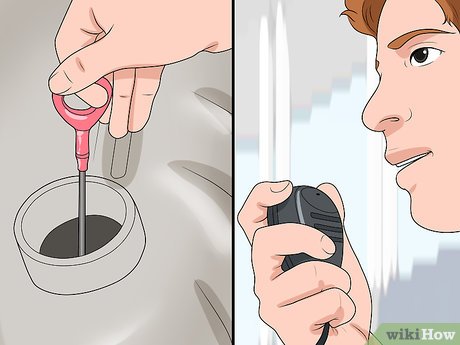
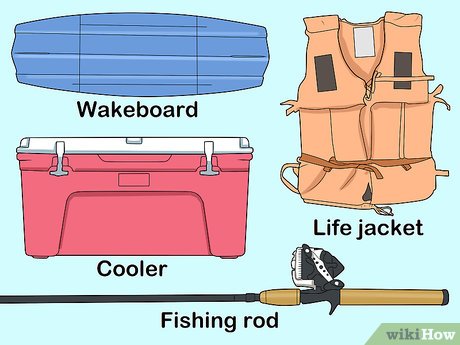
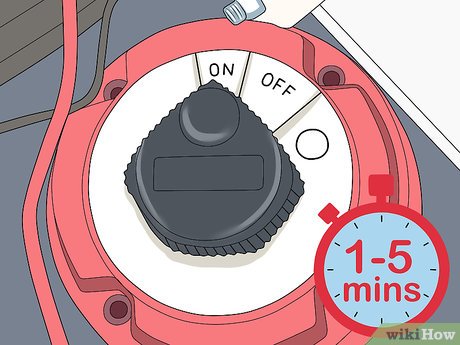
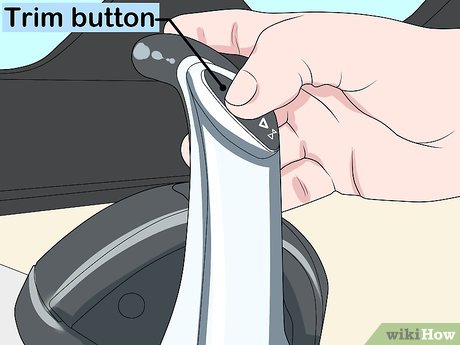
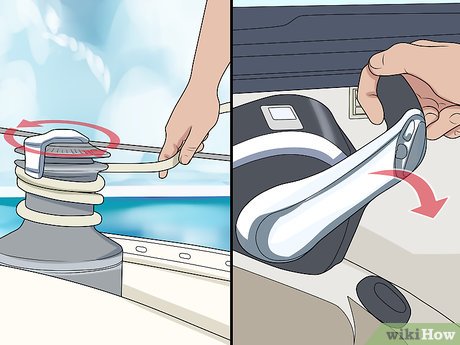
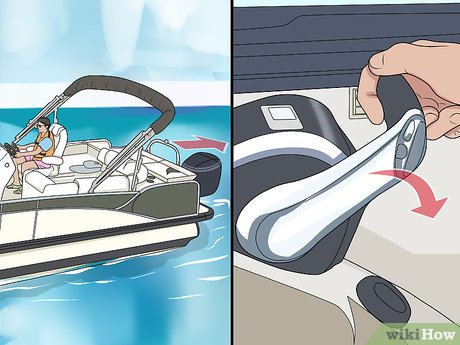
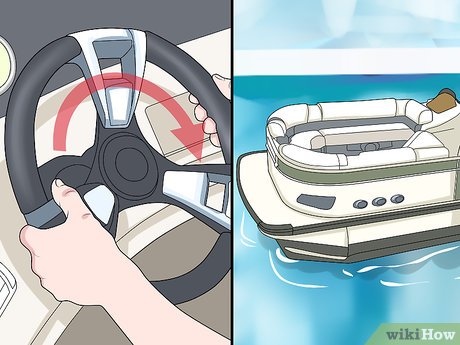
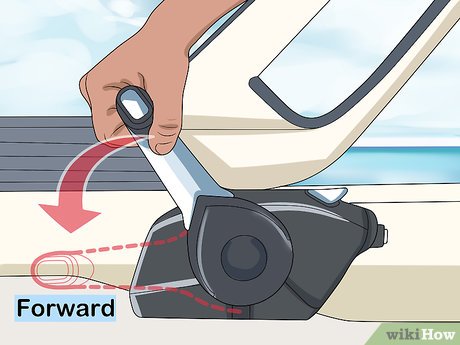
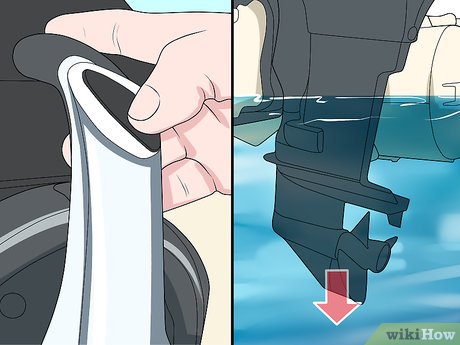
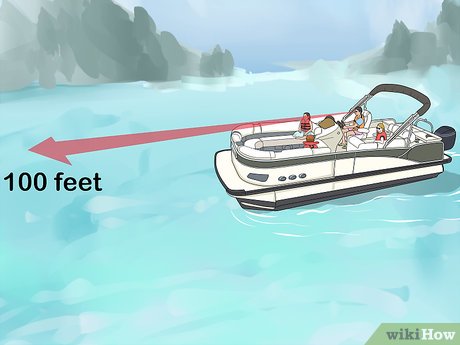
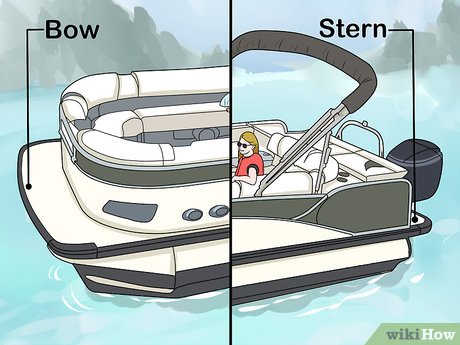
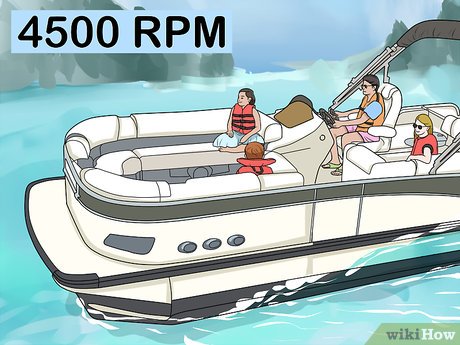
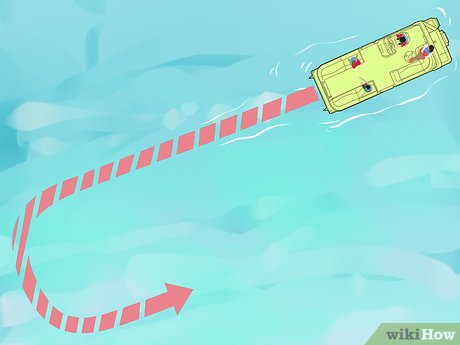
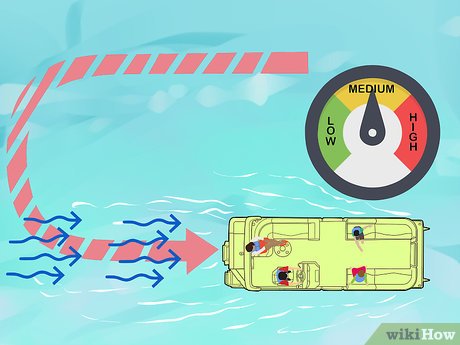
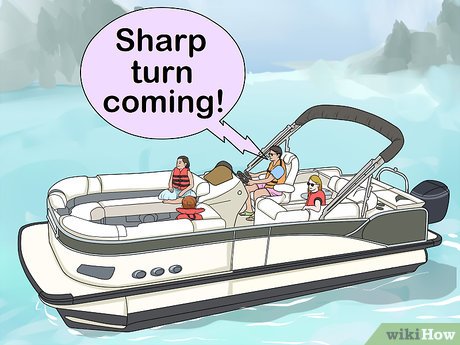
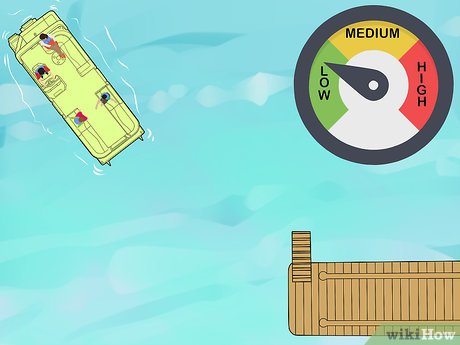
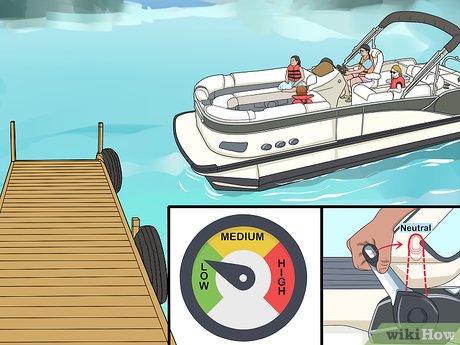
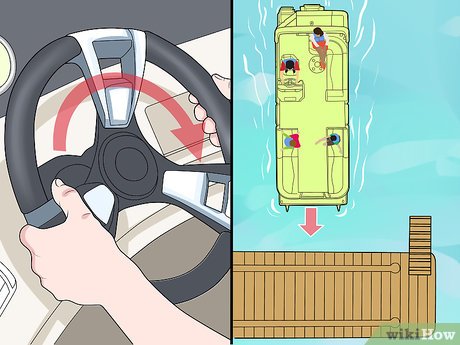
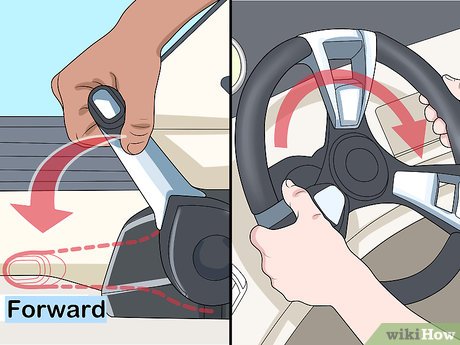
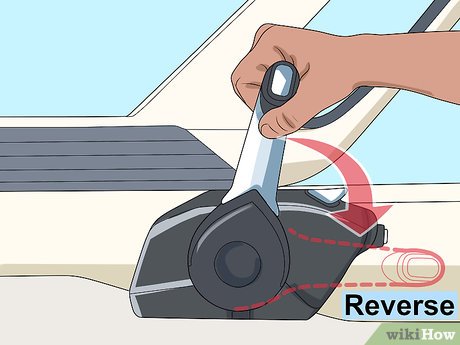
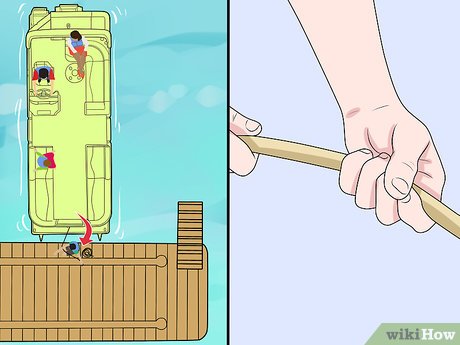
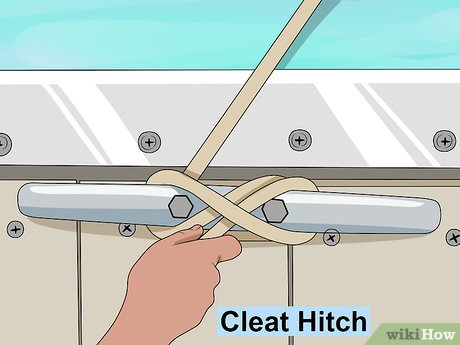










 How to Paint an Aluminum Boat
How to Paint an Aluminum Boat How to Transfer a Boat Title
How to Transfer a Boat Title How to Anchor a Boat
How to Anchor a Boat How to Donate a Boat to Charity
How to Donate a Boat to Charity How to Become a Boat Captain
How to Become a Boat Captain